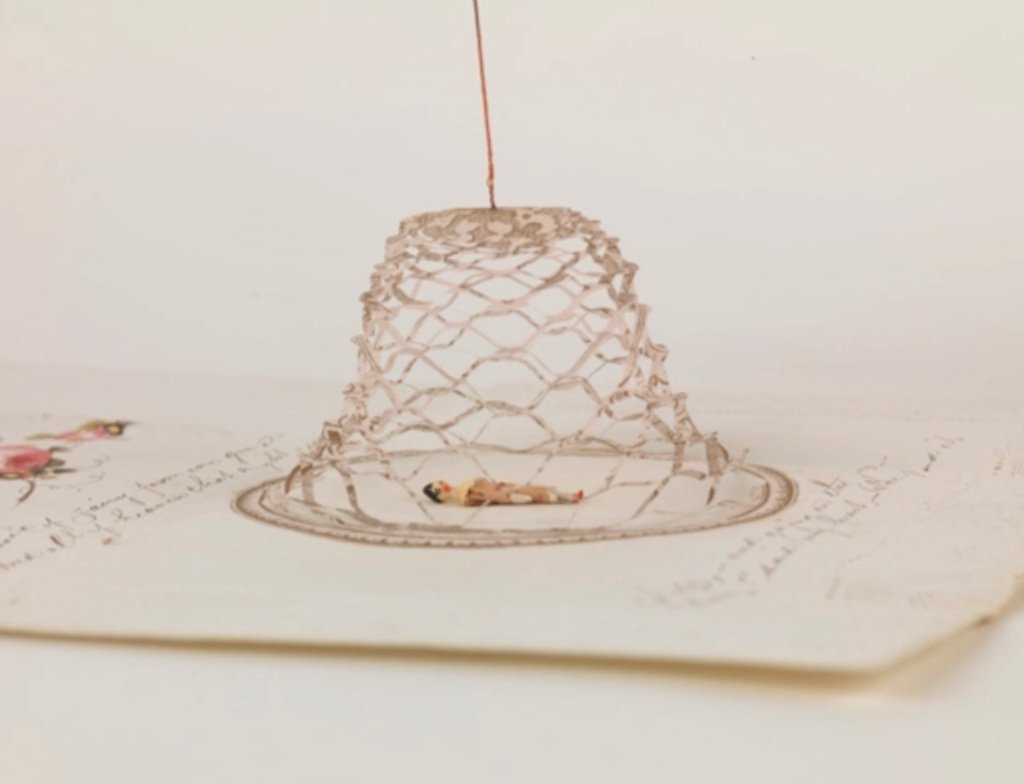Cobweb valentine
The Victorian era (1837-1901) is probably one of the most interesting to study for its use of stationery.
In the midst of the Industrial Revolution, this was the era that saw the development of postal services, notably with the appearance of the stamp in 1840 - on May 6 to be exact - in England (1849 in France).
A true ambassador of social etiquette, sending missives became a way of showing respectability and social worth in an increasingly demanding and critical world. Condolence cards and obituaries made their appearance in those days - but that's a subject for another day! Today, I wanted to share a (more or less) forgotten and much more frivolous tradition:
Valentine's Day cards.
Thanks to advances in printing and paper-making techniques, the custom of sending cards reached its peak in the mid-19th century. And cards sent on Valentine's Day became a veritable trademark of British and American Victorian life. Whether sentimental or satirical, simple homemade missives or sophisticated machine-made confections, everyone hoped to receive a card from their loved one on February 14.
and what a card it is!
A true objet d'art today, the Cobweb Valentine - also known as a "cobweb", "birdcage" or "beehive" card - is a rare example of the finesse and elegance of the mechanisms used at the time.
These cards work by superimposing two layers of paper:
The first, usually depicting a landscape or watercolor plant scene, is cut from a piece of paper in a pattern of concentric circles. A delicate thread is attached to the center of the spiral, while its outer edges are glued directly to the second sheet, on which an image or message is written, painted or printed.
By covering the center of the card, the paper "spider's web" then forms the perfect sanctuary to enclose a private message, which can only be revealed when the card's recipient carefully pulls the thread upwards - causing the web's concentric circles to rise and magically reveal its hidden compartment!
Secrecy, intimacy and surprise made these Cobweb Valentines very popular at the time.
The attributes and, in particular, the symbolism of flowers were, at that time, part of a set of secret messages/codes.
For example, in the language of flowers, the belle-de-jour represents attention and affection, but also vain love; the rose is a symbol of love;forget-me-not becomes the promise of true, eternal love; while the oak and acorn signify strength, potential and patience.
Collectively, these flowers communicate a message without the need for written words. This is all the more important as the cards are most often sent without a handwritten message - anonymity being part of the Valentine's Day card tradition. And since many women were honored with numerous admirers, guessing who the sender was was an integral part of the fun.
The art of love as we know it today ❤️






